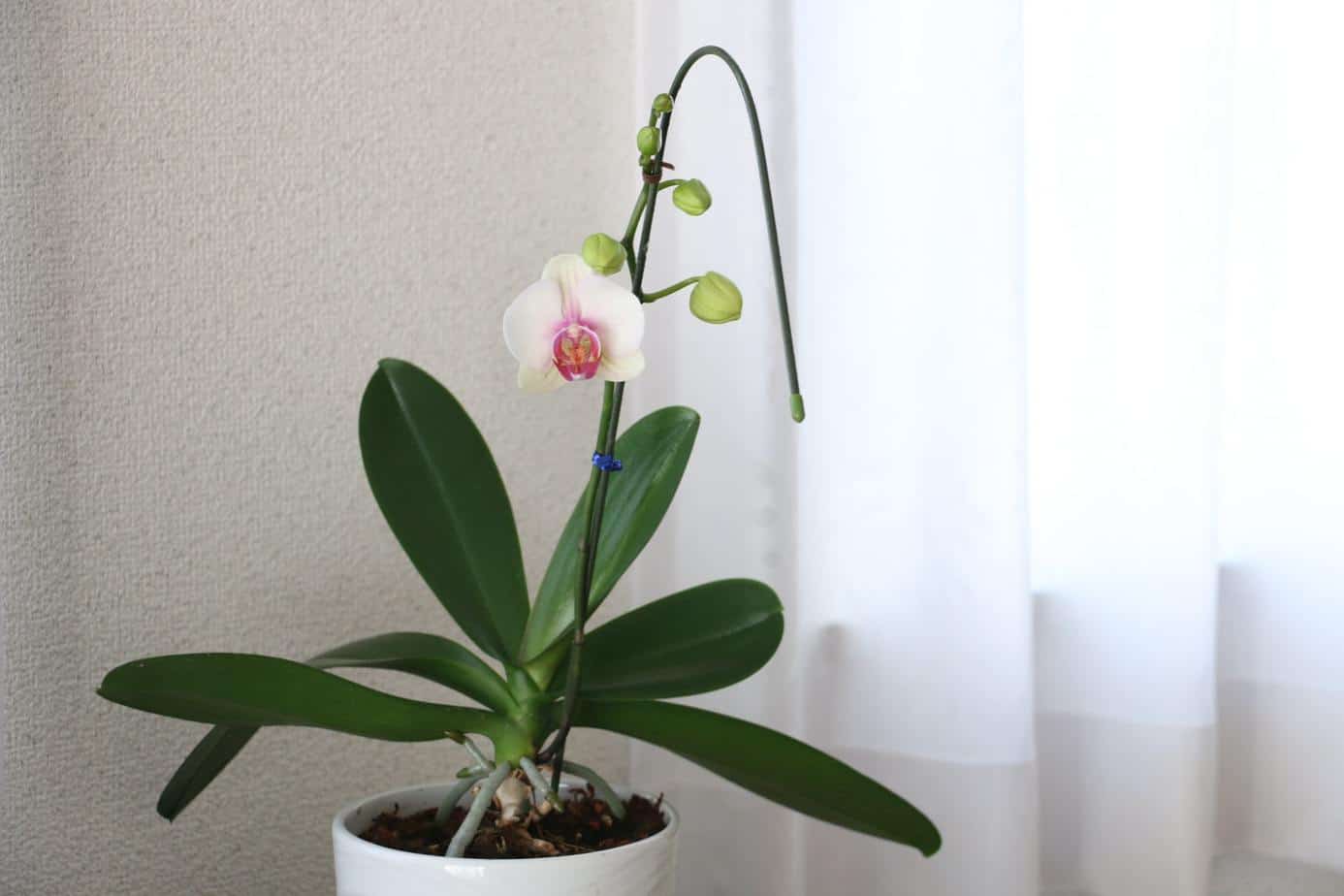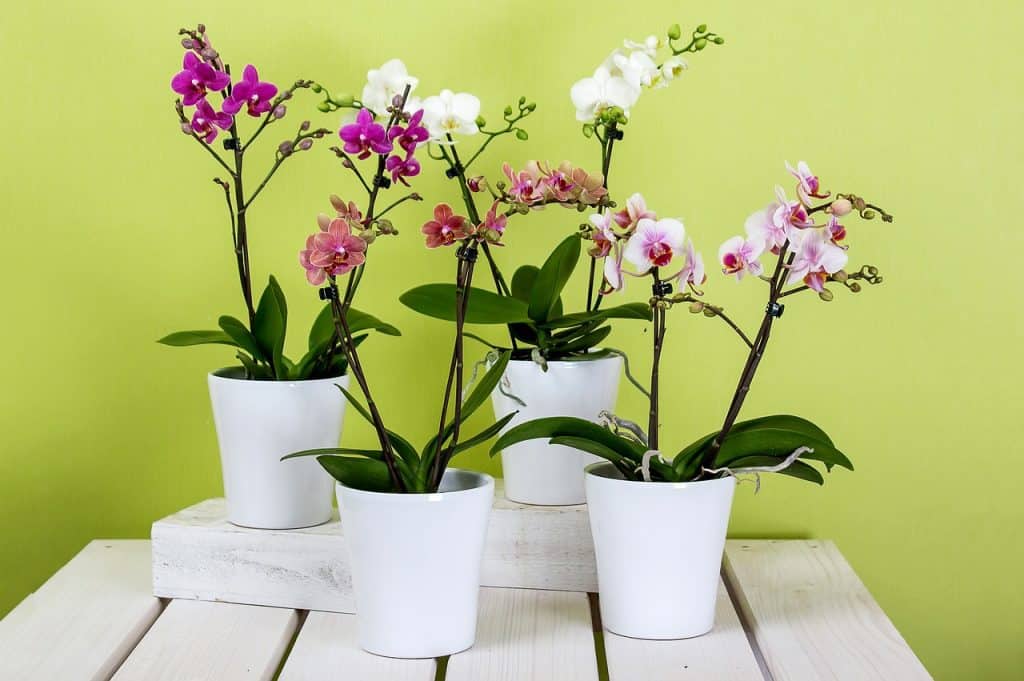
Orchids are beautiful plants. They delight in flower shops and markets. However, after buying them, their beauty often disappears. This is due to improper care of orchids, which is not very difficult. How to take care of orchids? You only need to follow a few simple rules in order to keep them blooming beautifully. Here they are!
Orchids like to stand in well-lit places. It is best to keep them on east or west-north window sills. Thanks to the undistracted light, their leaves will have beautiful color and will shine. On the hottest days it is good to provide the plant with shade. If an orchid receives too little light, you will notice a stunted growth, and if too much, its leaves will turn yellow. In the autumn-winter season orchids may lack light, so it is advisable to start illuminating them with a fluorescent lamp. The optimal amount of light will be 5 hours a day, but you will need to pay attention to whether this is too much or too little for your orchid.
Orchids do not like drafts, so you should not put them in a place where they can feel them. It is best to take them off the windowsill for the duration of room ventilation.
The temperature at which an orchid likes to stay depends on its variety:

Orchids do not like to be overwatered. It is best to water them once a week. However, direct watering from a watering can is not advisable. A better solution is to put the orchid in its protective casing into a bowl or tub of water and soak it for about 15-20 minutes. It is also advisable to spray the leaves with water using a sprinkler.
To fertilize orchids, it is best to choose a fertilizer that is intended specifically for this plant. You should fertilize the orchid immediately after it loses its flowers because it starts to grow intensively then. Fertilizer should be applied in the dose specified on the package. When fertilizing orchids, be very careful because it is easy to give the plant too much fertilizer. Over-fertilization is indicated by too dark leaves.
Orchids go into dormancy after flowering. In most cases, the most intensive flowering occurs in winter and flowering occurs in late July and early August. However, it is not a rule – everything depends on variety of the plant. If an orchid withers, it is best to find shade and do not moisten it. You should also trim its stems, which will stimulate the plant to grow and strengthen it. It should be pruned with a secateurs. The shoot should be cut about 1 cm above the stem.
An orchid should be repotted at least once every 2 years, but it is better to do it at least once a year. When the plant is overgrown, its roots will indicate that it is time to repot. Repotting an orchid should also be done when the plant is rotting, attacked by pests or overwatered. When repotting, you should check if the tips of your plant are not damaged, and if they are, you should trim them. Make sure that the pot you repot the orchid into is not too tight for it because then the roots will be squeezed. It should also not be too large, because then you will expose the plant to rapid decay. It is best to choose a transparent pot, because then the most light will get to the roots, and the plant will grow beautifully.
Main Photo: Zhisheng Deng/Unsplash